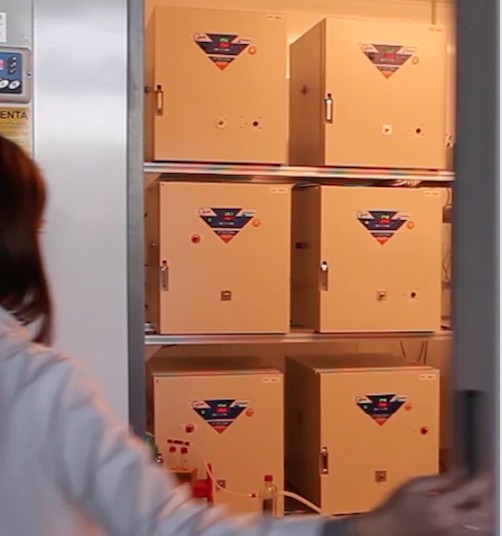


Last November an important announcement was published on the official German reference bulletin (BAnz AT 26.11.2018 B2). The document explains that that starting from the 1stJanuary 2020 the new EN 16516 standard will be the reference method for the German market, both for analytical method and sampling, for the determination of formaldehyde emission from raw and coated wood products.
The threshold limit remains numerically the same that is already in force for the emission class E1 (0.1 ppm) but the analytical procedure of the new formaldehyde measurement method, now introduced in Germany, completely change the situation. The higher loading factor and the reduced air exchange compared to the current EN 717-1 standard, determine that the panels must have a much lower emission. For some types of panels, the emission level is even lower than the limits prescribed by the American CARB P2 and TSCA Title VI standards.
The new German law allows to continue to use the method described by the standard EN 717-1 (European Chamber) multiplying by two (2) the concentration value of formaldehyde measured at the steady state. Therefore, considering this analytical possibility, it is evident that the panels for the German market will have to be produced with an emission level equal to the half of the current E1 limit.
First of all, CATAS started a series of laboratory tests to verify the real correspondence between the EN 717-1 multiplied by a factor of 2 and the new methodology based on the EN 16516 standard; these initial tests will be preparatory for the definition of robust correlations between the new reference method and the secondary methods (gas analysis and perforator) that the producers will have to use for the continuous verification of their production.
This is what we know by now, but we will soon have a meeting with all the European laboratories in order to clearly define how to go on to ensure products compliance.
For info:
Daniele Bergamasco
+39 0432 747249
bergamasco@catas.com